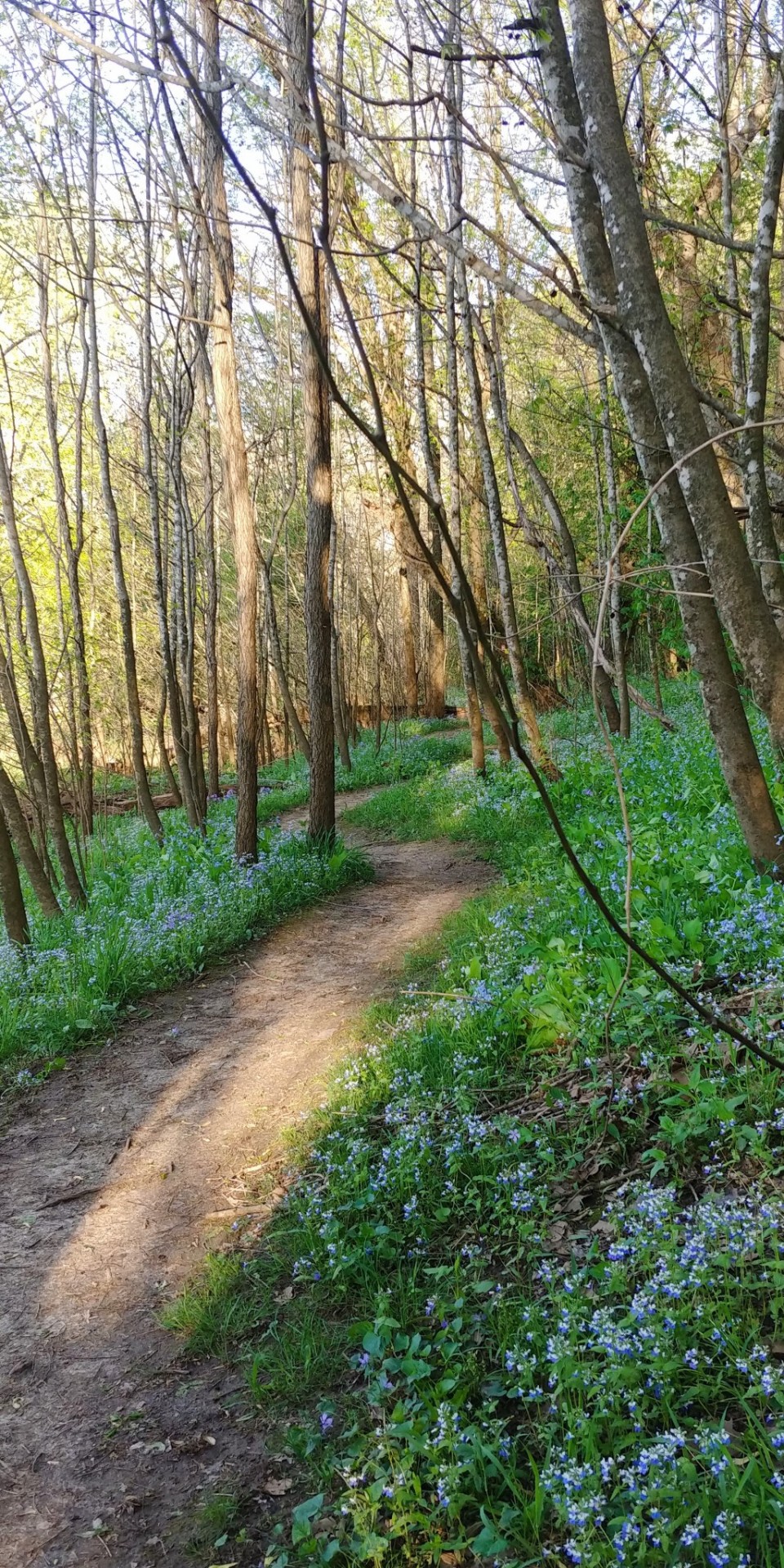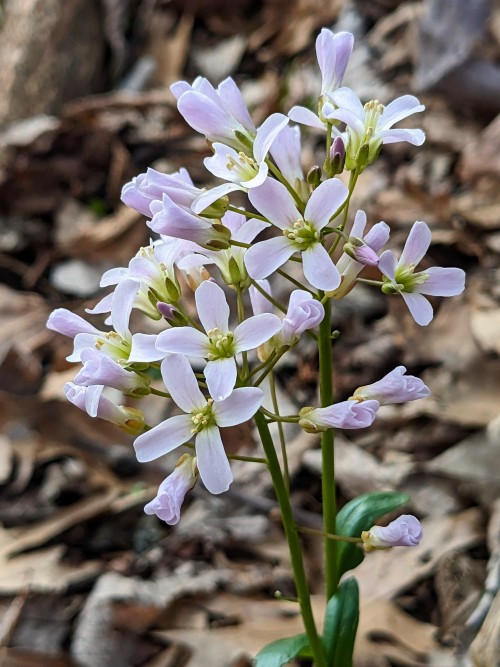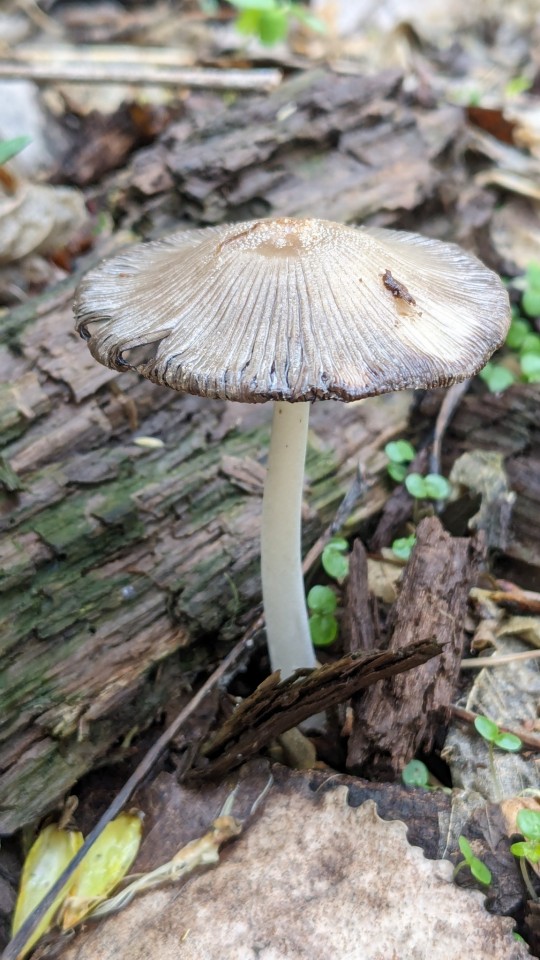Forest Floor - Tumblr Posts - Page 2

Lanceleaf Frogfruit
Phyla lanceolata

This perennial species in the verbena family is native to much of the United States and Mexico. It's usually found growing in disturbed wetlands, ditches, or yards and provides nectar for many beneficial insects when it blooms during summer.
The plant pictured was in disturbed bottomland woods near Butler Lake and the Meramec River in southern St. Louis County, Missouri, USA
June 20th, 2023
Olivia R. Myers
@oliviarosaline



Wildflowers flourishing along a tranquil Ozarkian trail. It was a blessing to enjoy this beautiful place where the sun kissed spots of the blue forest floor and only the sound of bird songs and soft wind whispered through the trees. The blue-eyed mary (Collinsia verna) and virginia bluebells (Mertensia virginica) thriving on the forest floor are both native spring ephemerals found throughout the central and eastern parts of North America.
April 17th, 2023
Washington County, Missouri, USA
Olivia R. Myers
@oliviarosaline


Purple Cress
Cardamine douglassii
Also known as Limestone Cress, this species in the mustard family features clusters of light purple flowers in early spring and can be found in wet and swampy forests with calcium carbonate rich soils. It's native to parts of the eastern United States and southern Ontario, Canada.
The plants I photographed are part of an isolated population remaining in a tiny bottomland forest remnant in St. Charles County, Missouri. Unfortunately, the rest of the forest has been lost due to suburban sprawl and what little of it remains has many invasive species, including winter creeper, callery pear, and japanese honeysuckle trying to encroach from surrounding developments and outcompete native plants like this one.
March 12th & 13th, 2024
St. Charles County, Missouri, USA
Olivia R. Myers
@oliviarosaline


Prairie Trillium
Trillium recurvatum
These unique, dark trillium plants caught our eye while we were exploring woods in Jersey County, Illinois. This species usually has splotchy green leaves. dailybotany suggested these trillium plants may have upped their anthocyanin production in response to exposure to higher levels of solar radiation. There were a few of these trilliums with dark leaves in the general area, and it may have been a sunnier than usual spot in the understory of the forest there, so this theory makes sense. I still wonder if it's possible this small population carries a genetic mutation... I have explored many woods and never seen trilliums this dark. I love listening to different theories and learning new info.
Trillium recurvatum is native to much of the Mississippi River basin in the central / eastern United States. Eastern Ohio has a few populations, which are listed as potentially threatened by their DNR. There are also a couple isolated populations in North Carolina, but it's debated whether or not they were actually planted long ago. Its closest lookalike with overlapping range is trillium sessile; however, the sepals on s. recurvatum plants curve downward as the flower opens, and the stem is usually much shorter than on t. sessile. This species can grow in habitats ranging from floodplains, to mesic forests and mesic savannas. Often, they're found growing in calcareous soils or over calcium-rich rocks such as limestone.
March 20th, 2024
Jersey County, Illinois, USA
Olivia R. Myers
@oliviarosaline

Ink Cap Mushroom
Psathyrellaceae
April 3rd, 2024
Saint Louis County, Missouri, USA
Olivia R. Myers
@oliviarosaline



Mica Cap Mushrooms
Coprinellus sect. Micacei
Growing at the base of an old cottonwood tree in the woods.
April 3rd, 2024
St. Louis County, Missouri, USA
Olivia R. Myers
@oliviarosaline



Amanita section Validae
I found this gorgeous, lemon yellow amanita mushroom in a healthy bottomland forest surrounded by pin oaks, river birches, and American elms.
July 26th, 2023
Arnold, Jefferson County, Missouri, USA
Olivia R. Myers
@oliviarosaline


Cortinarius sp.
Commonly called "webcaps".
Young cortinarius mushrooms have a veil-like structure called a cortina between their cap and stem, which usually vanishes as they mature. Worldwide, it's estimated over two thousand species of cortinarius exist.
July 24th, 2023
Randolph County, Illinois, USA
Olivia R. Myers
@oliviarosaline


Wood Wakerobin
Trillium viride
Endemic to east-central Missouri and south-west Illinois, this trillium species can be found growing in woods with rich soils and on rocky slopes. It blooms in mid to late spring and there are lookalike trilliums; however, T. viride has a characteristic unique only to it - tiny, yet visible stomata that look like white dots all over the top of its leaves.
April 17th, 2024
St. Louis County, Missouri, USA
Olivia R. Myers
@oliviarosaline